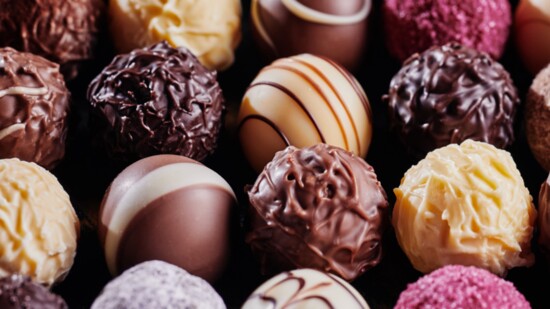Chocolate. The very word elicits a sense of euphoria. The smooth, rich creaminess of the perennially-favorite confection continues to capture hearts and taste buds every Valentine’s Day. But why does chocolate have the hold that it does? The answer is more nuanced than simply “it tastes good,” otherwise, people would delight each other with heart-shaped boxes of spaghetti or fried chicken every Feb. 14.
Though alternatives exist to show romantic love to one another, chocolate remains America’s favorite.
Once reserved for the wealthy due to the high price of sugar, chocolate became synonymous with Valentine’s Day gift-giving only within the last 200 years. Borne of the romance of the Victorian era, British chocolatier Richard Cadbury was the first to place chocolates in a heart-shaped box, intended to be reused after the chocolate was depleted to store love notes or small trinkets.
In the 1930s, marketing of Valentine’s Day chocolate took off in America, and women became the focus of Valentine’s Day gift-giving. By the 1960s, men no longer appeared in ads for Valentine’s Day; instead, all America needed to know to promote the holiday was that chocolate was the surest way to a woman’s heart.
America’s Cupid crush on the ever-popular, heart-shaped boxes of chocolate continued to grow until World War II, when sugar rations forced a decline in chocolate making.
Since then, however, chocolate has continued to be a worldwide favorite on Valentine’s Day and every other day of the year. Now, consumers enjoy numerous local and international options for chocolatiers that produce the exact combinations of chocolate and other flavors to satisfy a sweet tooth. From minimalist, solid milk chocolate to luxury combinations with pistachio paste, it’s become as simple as “add to cart” to show a favorite Valentine that we care.
Celebrate this year with a visit to a local chocolatier.
Chocolate. The very word elicits a sense of euphoria.
